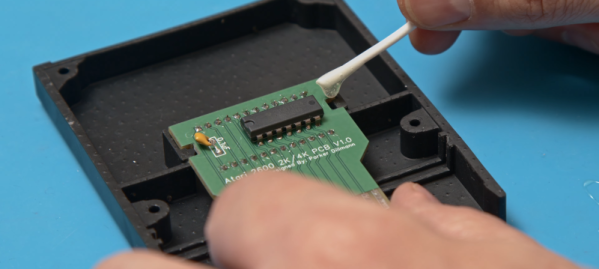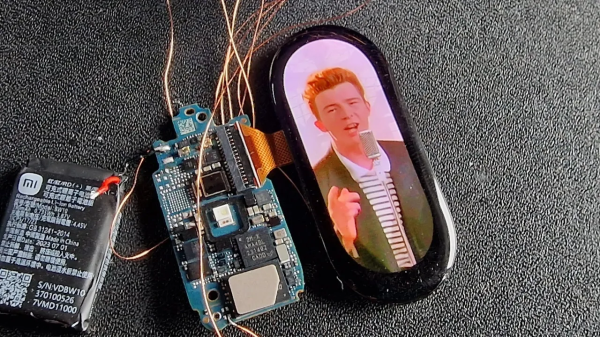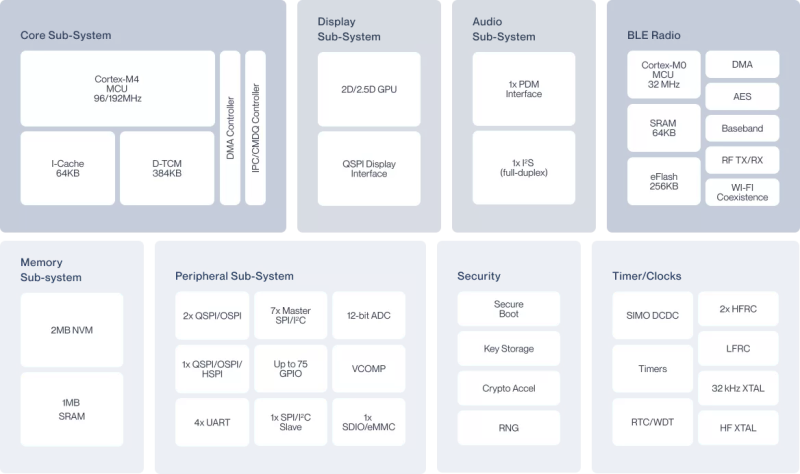Part of the magic of the movies is that the actors always know what will happen next. There never has to be a scene where James Bond orders wine, and the sommelier has to correct his pronunciation, or he miscounts his hand at baccarat. Real life is rarely as smooth. Of course, YouTube is more akin to a movie than real life, and we always wonder how many flawlessly executed projects you see on YouTube really went that well. [Mark Fixes Stuff] left no scenes on the cutting room floor, though, in his realistic portrayal of his quest to build a nice-looking Atairi 2600 cartridge. Watch it below.
Spoiler alert: In the end, it all worked out. But getting there was a series of misadventures. Starting out with [Parker Dillman’s] PCB, he put together the insides of the cartridge, including a socket for the EPROM. He then resin-printed a case. Like many of our own projects, the first run wasn’t quite the size he expected. It was probably close enough, though, but then he realized the socket made the board too tall to fit in the enclosure.
Continue reading “Fail Of The Week: [Mark] Makes An Atari Cartridge”





















